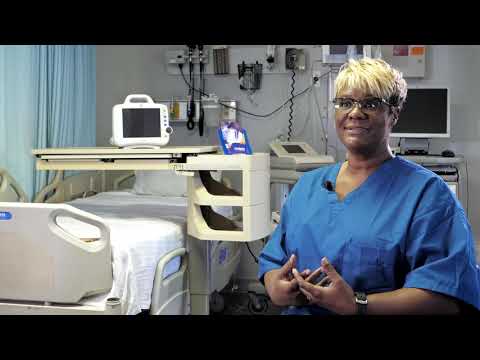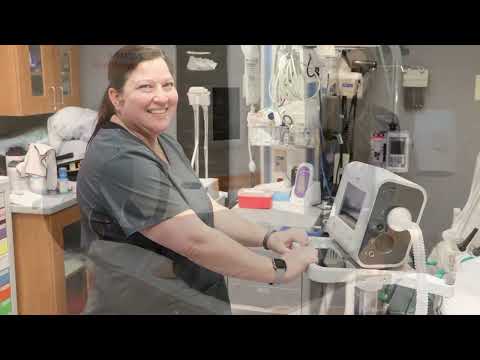What is the Objective of a Medical Assistant?
Contents
The objective of a medical assistant is to support the physician and other health care professionals in the delivery of patient care. Medical assistants perform a variety of administrative and clinical tasks to keep the offices of physicians and other health care professionals running smoothly.
Checkout this video:
Job Description
Most employers require that Medical Assistants have completed a postsecondary education program. These programs typically take about 1 year to complete and lead to a certificate or diploma. Some medical assistants, however, may have 2-year associate degrees.
Duties and Responsibilities
Medical assistants are responsible for a wide range of duties in doctor’s offices, clinics and other healthcare facilities. Their duties may include administrative tasks such as scheduling appointments and handling patient correspondence, as well as clinical tasks such as taking medical histories and measuring vital signs. In some states, medical assistants may also be allowed to perform basic lab tests and give injections under the supervision of a licensed healthcare professional.
Skills and Qualifications
The skills and qualifications that are required for a medical assistant may vary depending on the state in which they work. However, there are certain skills and qualities that are essential for all medical assistants. These include:
-A strong ability to communicate effectively with patients, doctors, and other members of the healthcare team
-Excellent organizational skills
-The ability to multitask and prioritize tasks
-A strong attention to detail
-A dedication to providing excellent patient care
-A willingness to learn new things and keep up with changing technology
Education and Training
Medical assistants are multi-skilled health professionals specifically trained to work in outpatient settings such as medical offices and clinics. They perform both clinical and administrative tasks that support the work of physicians and other health professionals. Although their specific duties vary by state, medical assistant typically perform a wide range of tasks that include taking and recording medical histories, scheduling appointments, checking patients in and out for appointments, preparing examination rooms, taking blood pressure and other vital signs, assisting with minor office surgical procedures, handling patients’ inquiries both in person and by telephone, and handling correspondence. Many medical assistants also take X-rays and provide instruction to patients on various aspects of care.
Certification
When it comes to certification for medical assistants, there are a few different types of credentials that you can earn. These include the Certified Medical Assistant credential, or the CMA, which is granted by the Certifying Board of the American Association of Medical Assistants, or AAMA. There is also the Registered Medical Assistant credential, or RMA, which is offered by the American Medical Technologists, or AMT.
Salary and Job Outlook
The medical assistant salary is average when compared to other occupations. The job outlook for this career is excellent, as the demand for medical assistants is expected to grow by 31 percent through 2026, which is much faster than the national average for all other occupations.
Career Paths
Medical assistants perform administrative and clinical tasks in hospitals, clinics, physician’s offices, and other healthcare facilities. They may also be responsible for billing and coding, scheduling appointments, maintaining medical records and handling insurance paperwork. In some states, medical assistants may be allowed to perform certain medical procedures, such as taking blood samples or administering injections.
Medical assistants typically have an associate degree or certificate from a community college or vocational school. Some states require certification for medical assistants, although this is not always necessary. Most employers will provide on-the-job training for medical assistants.
Working Conditions
Medical assistants typically work in outpatient care centers, physician’s offices, and hospitals. Their hours vary depending on the setting in which they work and whether the facility is open 24 hours. Many medical assistants work full time, although some work part time.
Most medical assistants work during regular business hours from Monday through Friday. However, some clinics and hospitals are open on evenings and weekends, so medical assistants in these settings may work nights and weekends. Some medical assistants also work part time, which gives them scheduling flexibility.
Job Satisfaction
Job satisfaction is often cited as an important factor in choosing a career. A recent study by The Economist found that medical assistants were the happiest workers in America, with a satisfaction rating of 4.4 out of 5.
Medical assistants play a vital role in the healthcare industry, providing support to doctors and other medical professionals. They typically work in outpatient clinics and doctors’ offices, performing tasks such as taking medical histories, scheduling appointments, checking patients in and out, and handling insurance paperwork.
While the job satisfaction rating for medical assistants is high, it is important to keep in mind that every person is different and what one person finds satisfying may not be what another person finds satisfying. Some people may prefer the faster pace of a hospital setting, while others may prefer the more personal interaction with patients that takes place in a small clinic setting. Ultimately, the best way to determine if a career as a medical assistant is right for you is to talk to people who are already working in the field and see if their experiences match your own goals and interests.
Pros and Cons
There are many reasons to become a medical assistant. It is a career with good job prospects and a relatively short path to entry. Medical assistants perform a variety of tasks, from handling insurance paperwork to taking patient vital signs. They work in both administrative and clinical roles, and they can find employment in a variety of settings, including hospitals, clinics, and doctor’s offices.
The cons of being a medical assistant include the potential for long hours, exposure to sick patients, and emotional stress. The job can also be physically demanding, as medical assistants may have to lift or move patients.







